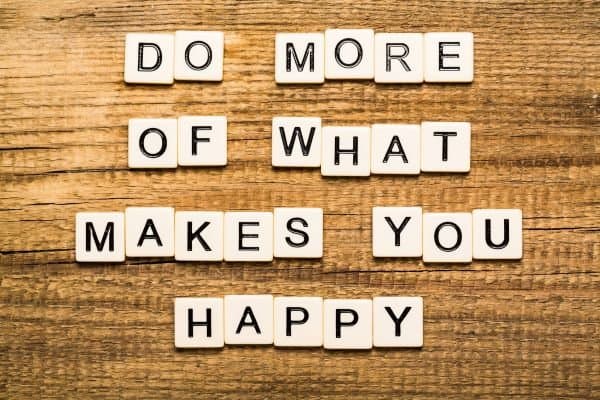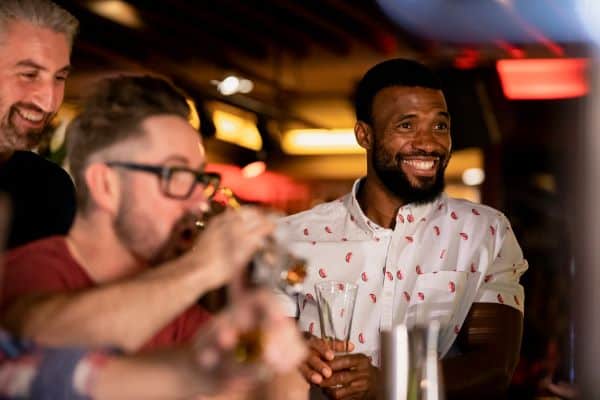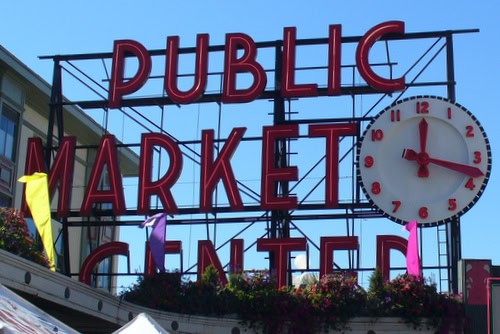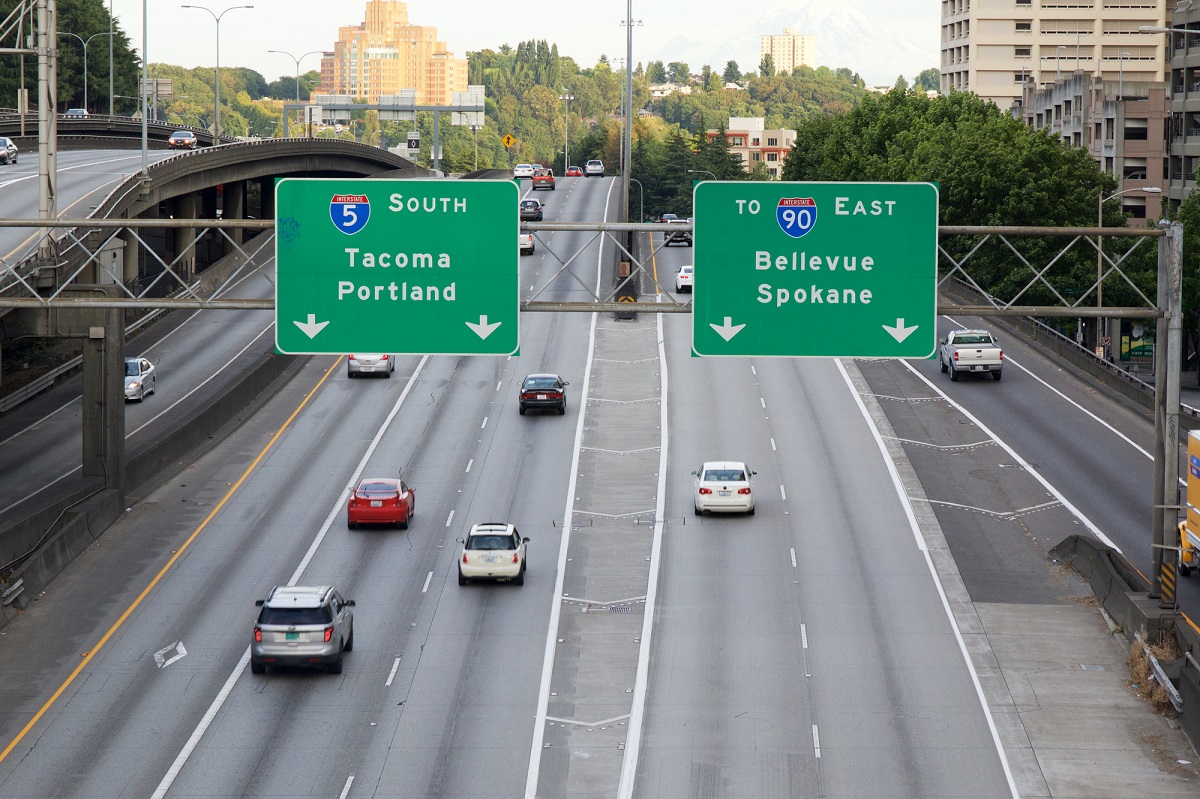Thanksgiving Day is a federal holiday always celebrated on the fourth Thursday in November. It is a day for gathering with friends and family, giving thanks, traditional roast turkey dinners, and professional football games on television.
Thanksgiving Day background
The national holiday is inspired by a gathering in 1621 between European colonists (aka pilgrims) at Plymouth Rock and the local Wampanoag tribe. The Native Americans had assisted the pilgrims through the previous harsh winter and next growing season. The two groups gathered informally to share a successful harvest season.
This event was detailed in “Mourt’s Relation” by William Bradford (1590-1657) and Edward Winslow (1595-1655). In 1858, Henry Wadsworth Longfellow (1807-1882) published “The Courtship of Miles Standish”, popularizing the story of the pilgrims as the “First Thanksgiving”.
However, controversy remains over this origin story because there are earlier documented encounters between Native Americans and European settlers. In the 16th century, English settlers shared a feast with Northeastern Abenaki Indians. And Spanish explorers documented feasts of thanksgiving in what is now Texas and Florida.
Regardless of the origin, for Native Americans, the thanksgiving story takes a dark turn. As thousands more English migrated to North America, Native Americans were killed in battle, sold into slavery, and driven from their lands. Colonists celebrated these victories with many more “days of thanks”. However, for Indigenous Tribes, these European conquests became Days of Mourning. A Perspective on Thanksgiving by the United Indians of All Tribes Foundation | PCC Community Markets
The meaning and traditions of the holiday continually shifted over the next few centuries. Celebrations were usually localized. Many were autumn harvest festivals, including Native American observances. Earlier ones often developed as Puritan religious rites, and later celebrations became more political in nature.
- In 1789, George Washington issued the first Thanksgiving proclamation in recognition of defeat over the British and ratification of the U.S. Constitution. Washington’s successors John Adams and James Madison also designated days of thanks during their presidencies.
- On November 26, 1863, President Abraham Lincoln proclaimed an official Thanksgiving holiday celebrating the Union Army victory at Gettysburg. Despite being promoted as a “day of unity”, Thanksgiving Day was not embraced by the southern states for many years.
- In 1876, the first Thanksgiving Day football game was played between Princeton and Yale.
- In 1924, Macy’s department store in New York City’s hosted the first Thanksgiving Day parade. Today, the parade attracts millions of spectators along the 2.5-mile route and many more across the country in a live televised event.
- In 1941, Franklin D. Roosevelt declared the 4th Thursday in November as the national holiday Thanksgiving Day.
- Since 1970, Indigenous peoples have gathered in Plymouth, MA on the U.S. Thanksgiving holiday to commemorate a National Day of Mourning to recall the genocide of millions of Native people, the theft of Native lands and the erasure of Native cultures. It is a day of remembrance and spiritual connection, as well as a protest of racism and oppression.
Today, Thanksgiving is primarily celebrated as a day to enjoy a large feast that popularly includes a roast turkey, “side dishes”, cranberry sauce, and pumpkin pie. It is one of the most heavily traveled times of the year as families come together to celebrate. Food drives and free meals by volunteers are a tradition in many communities.
The weekend following Thanksgiving Day is regarded as the start of the holiday shopping season when stores hold special sales on “Black Friday”.
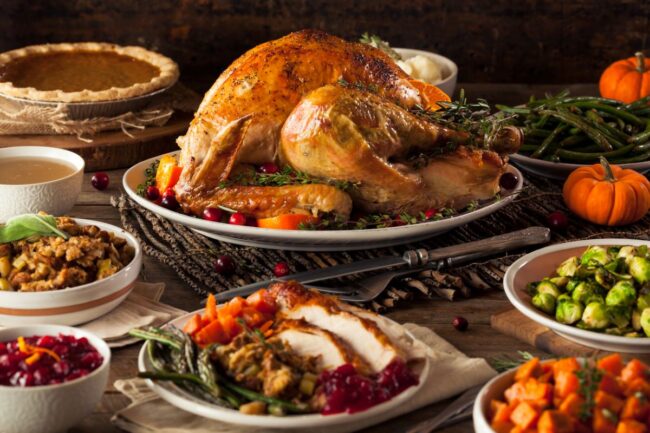
Thanksgiving roast turkey dinner and side dishes photo by bhofack2 via iStock by Getty Images
Free and cheap things to do on Thanksgiving Day
Listed below are all events on our calendar for Thanksgiving Day.
Find more events and ideas for affordable living at Greater Seattle on the Cheap – Free things to do, cheap fun, discounts and deals in the Seattle-Tacoma metro area
Nationwide

